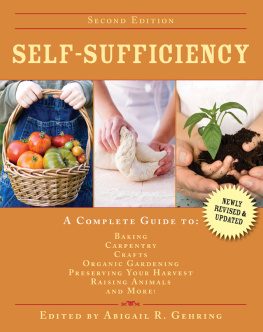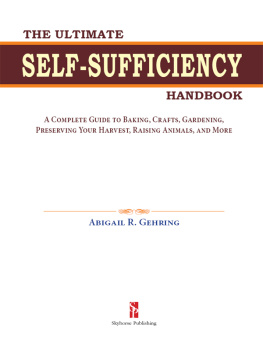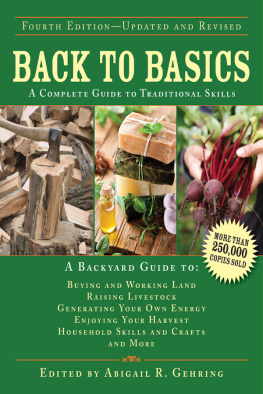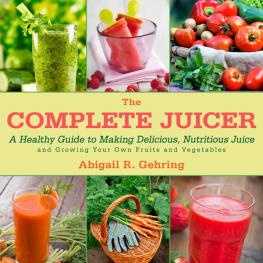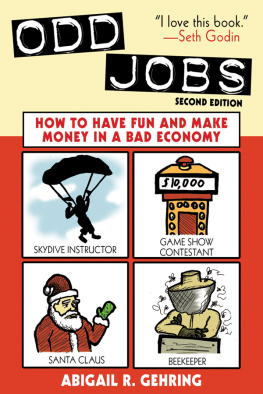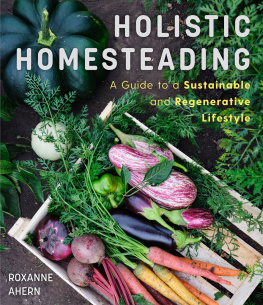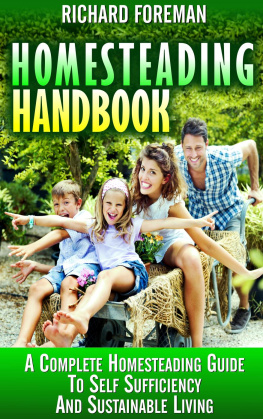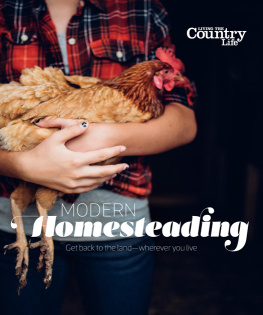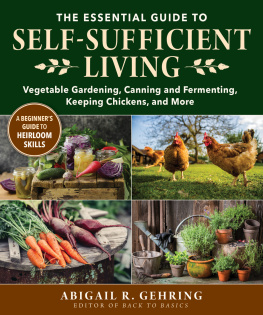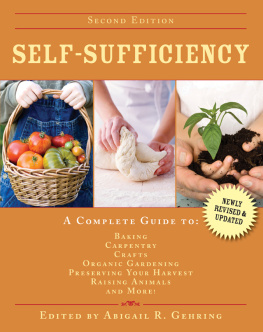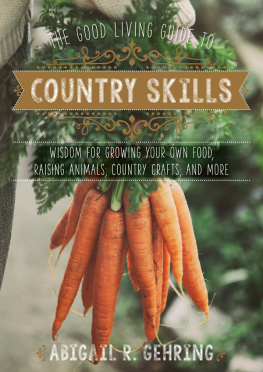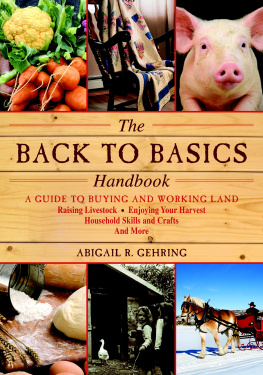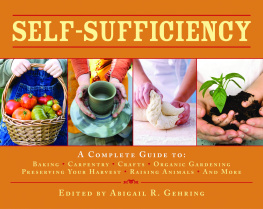Copyright 2015 by Abigail R. Gehring
All Rights Reserved. No part of this book may be reproduced in any manner without the express written consent of the publisher, except in the case of brief excerpts in critical reviews or articles. All inquiries should be addressed to Skyhorse Publishing, 307 West 36th Street, 11th Floor, New York, NY 10018.
Skyhorse Publishing books may be purchased in bulk at special discounts for sales promotion, corporate gifts, fund-raising, or educational purposes. Special editions can also be created to specifications. For details, contact the Special Sales Department, Skyhorse Publishing, 307 West 36th Street, 11th Floor, New York, NY 10018 or .
Skyhorse and Skyhorse Publishing are registered trademarks of Skyhorse Publishing, Inc., a Delaware corporation.
Visit our website at www.skyhorsepublishing.com
10 9 8 7 6 5 4 3 2
Library of Congress Cataloging-in-Publication Data is available on file.
ISBN: 978-1-63220-280-2
e-book ISBN: 978-1-63450-022-7
Printed in China

Contents


Introduction
More and more families are being drawn toward a lifestyle that is greener, cleaner, more genuine, and more aware. We want to know where our food is coming from, to the point of touching the dirt that it springs out of, if possible. We want our children (or nieces or nephews or godchildren) to understand that eggs come from chickensnot just from cardboard cartons on supermarket shelves. We love the idea of building things with our own hands, of picking our own berries, of making fresh bread and spreading it with homemade butter. We are, in short, longing for self-sufficiency.
Self-sufficiency as a term is somewhat misleading. The good life that most of us are seeking in our varied ways does not involve cutting off ties from those who surround us. Complete independence is not possible and, at least for most people, would not bring much satisfaction anyway. The early settlers banded together whenever they could, knowing their lives would be made easier and better by the communitys support. In similar ways, we benefit from those who have ventured into back-to-basics living before us, and we would be wise to share ideas, tools, and experiences with those on similar paths around us now. But we do not need to be trapped by dependency on anyone or any groupor any idea, for that matter. We can be responsible for growing or raising at least a portion of what we consume; we can find ways to fix things rather than running to the store to buy replacements; we can teach our children ourselves, rather than leaving the burden entirely on public or private schools.
People and experience are the best teachers when it comes to learning things like how to plant a garden or milk a cow. But sometimes you dont have a neighbor to call on for advice and trial and error will result in more error than the trial is worth. Thats where this book comes in. Youll find instructions and tips for everything from growing tomatoes to canning jams and jellies to constructing a chicken coop. Scattered throughout are fun projects for The Junior Homesteader and Homeschooling Hints, which can be used to supplement your childrens education, whether or not you choose to participate in a traditional schooling system. Youll also find plenty of photographs and illustrations to add clarity and interest to the written directions. Let these pages inspire and direct you as you discover what self-sufficiency means for you.
Growing and Threshing Grains
G rains are a type of grass and they grow almost as easily as the grass in your yard does. There are many reasons for growing your own grains, including supplying feed for your livestock, providing food for you and your family, or to use as a green manure (a crop that will be plowed back into the soil to enrich it). Growing grains requires much less work than growing a vegetable garden, though getting the grains from the field to the table requires a bit more work.

Whether you are growing wheat, oats, barley, or another grain, the process is basically the same:
1. Decide which grain to grow. Most cereal grains have a spring variety and a winter variety. Winter grains are often preferred because they are more nutritious than spring varieties and are less affected by weeds in the spring. However, spring wheat is preferred in cold climates as winter wheat may not survive very harsh winters. If you have trouble finding smaller amounts of seeds to purchase from seed supply houses, try health food stores. They often have bins full of grains you can buy in bulk for eating, and they work just as well for planting, as long as you know what variety of grain youre buying. Winter grains should be planted from late September to mid-October, after most insects have disappeared but before the hard frosts set in. Spring wheat should be planted in early spring.
2. Decide how much grain you want to grow. A 10-foot by 10-foot plot of wheat will provide enough flour for about twenty loaves of bread. An acre of corn will provide feed for a pig, a milk cow, a beef steer, and thirty laying hens for an entire year.
3. Prepare the soil. Rototill or use a shovel to turn over the earth, remove any stones or weeds, and make the plot as even as possible using a garden rake.
4. Sprinkle the seeds over the entire plot. How much seed you use will depend on the grain (refer to the chart on ). For wheat, use a ratio of around 3 ounces of seed per 100 square feet. Aim to plant about one seed per square inch. Rake over the plot to cover all the seeds with earth.
5. Water the seeds immediately after planting and then about once a month throughout the growing season if theres not adequate rainfall.
6. When the grain is golden with a few streaks of green left, its ready for harvest. For winter grains, harvest is usually ready in June or July. To cut the grains, use a scythe, machete, or other sharp knife, and cut near the base of the stems. Gather the grains into bundles, tie them with twine, and stand them upright in the plot to finish ripening. Lean three or four bundles together to keep them from falling over. If there is danger of rain, move the sheaves into a barn or other covered area to prevent them from molding. Once all the green has turned to gold, the grains are ready for threshing.
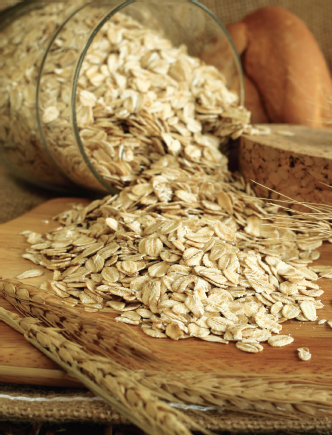
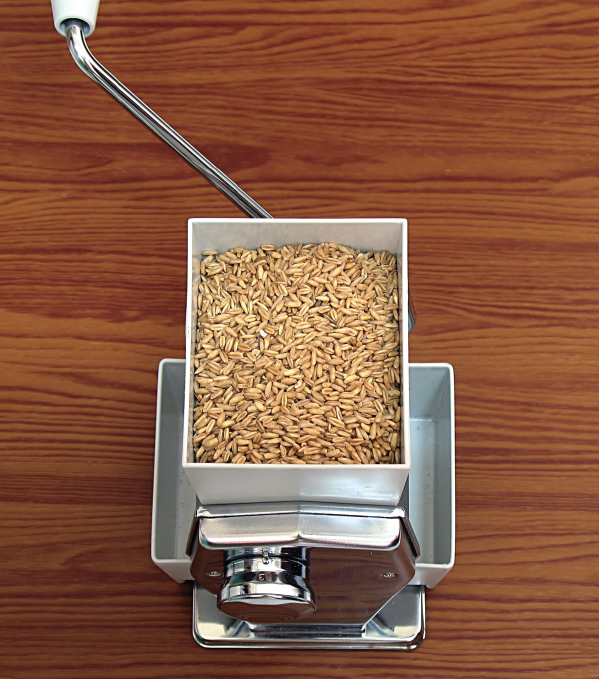

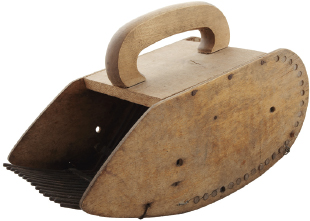
An antique thresher.
7. The simplest way to thresh is to grasp a bunch of stalks and beat it around the inside of a barrel, heads facing down. The grain will fall right off the stalks. Alternatively, you can lay the stalks down on a hard surface covered by an old sheet and beat the seed heads with a broom or baseball bat. Discard (or compost) the stalks. If there is enough breeze, the chaff will blow away, leaving only the grains. You can also pour the grain and chaff back and forth between two barrels and allow the wind (which can be supplied by a fan if necessary) to blow away the chaff.

